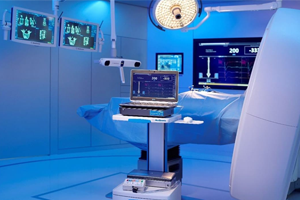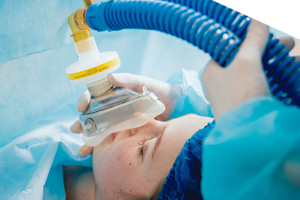Critical Care

Dr. Amandeep Singh
MBBS, DNB Internal Medicine

Dr. Harmeet Singh Dheer
MBBS, MD

Dr. Suman Sahu
MBBS, MD

Welcome to Landmark Hospital Critical Care
Critical care is medical care for people who have life-threatening injuries and illnesses. It usually takes place in an intensive care unit (ICU). A team of specially-trained health care providers gives you 24-hour care.
What happens in a critical care unit?
In a critical care unit, health care providers use lots of different equipment, including:
- Catheters, flexible tubes used to get fluids into the body or to drain fluids from the body
- Dialysis machines (“artificial kidneys”) for people with kidney failure
- Feeding tubes, which give you nutritional support
- Intravenous (IV) tubes to give you fluids and medicines
- Machines which check your vital signs and display them on monitors
- Oxygen therapy to give you extra oxygen to breathe in
- Tracheostomy tubes, which are breathing tubes. The tube is placed in a surgically made hole that goes through the front of the neck and into the windpipe.
- Ventilators (breathing machines), which move air in and out of your lungs. This is for people who have respiratory failure.

Dr. Amandeep Singh
MBBS
Welcome to Landmark Hospital Critical Care
Critical care is medical care for people who have life-threatening injuries and illnesses. It usually takes place in an intensive care unit (ICU). A team of specially-trained health care providers gives you 24-hour care.
What happens in a critical care unit?
In a critical care unit, health care providers use lots of different equipment, including:
- Catheters, flexible tubes used to get fluids into the body or to drain fluids from the body
- Dialysis machines (“artificial kidneys”) for people with kidney failure
- Feeding tubes, which give you nutritional support
- Intravenous (IV) tubes to give you fluids and medicines
- Machines which check your vital signs and display them on monitors
- Oxygen therapy to give you extra oxygen to breathe in
- Tracheostomy tubes, which are breathing tubes. The tube is placed in a surgically made hole that goes through the front of the neck and into the windpipe.
- Ventilators (breathing machines), which move air in and out of your lungs. This is for people who have respiratory failure.






